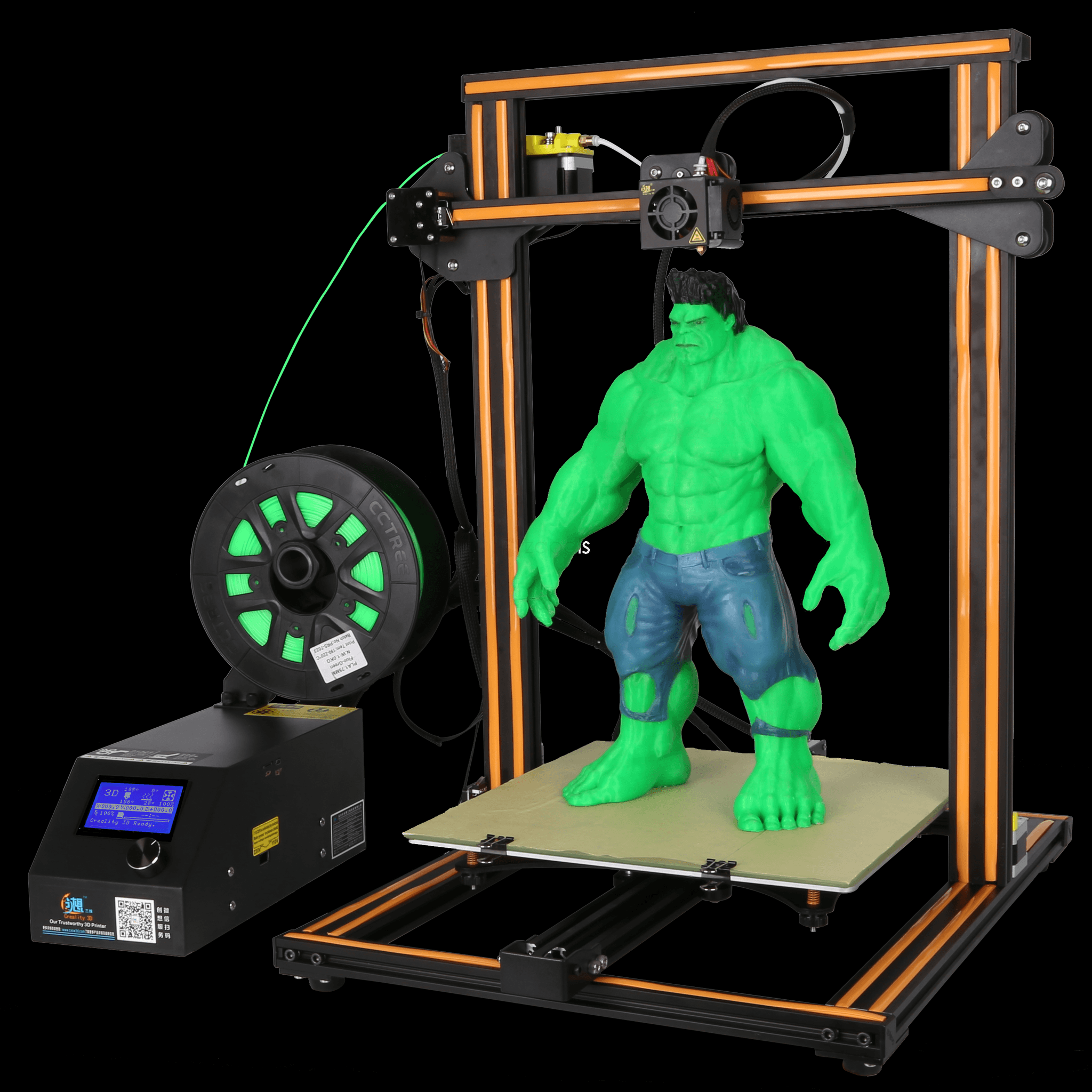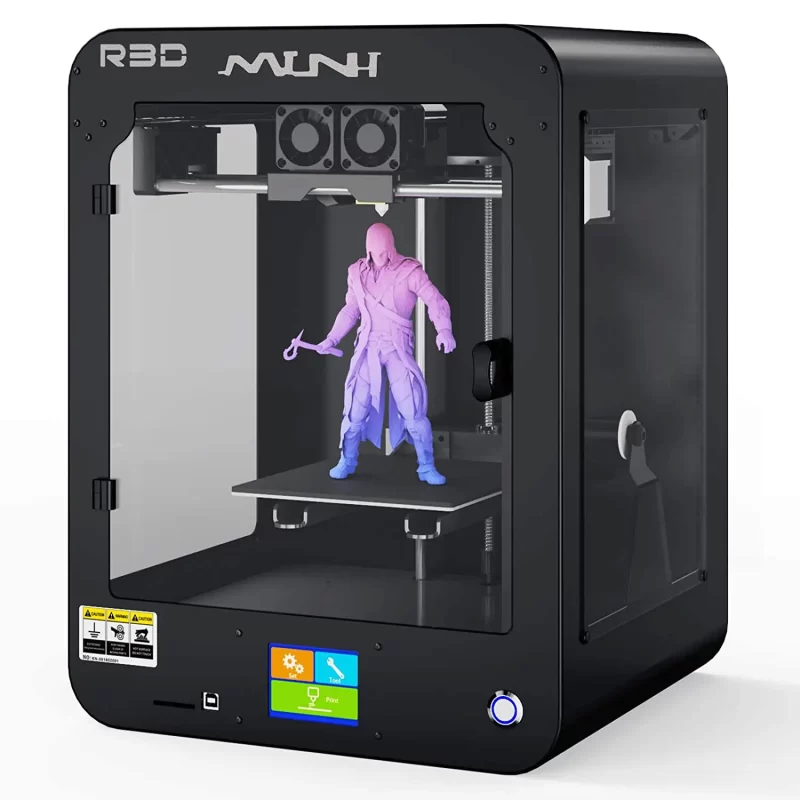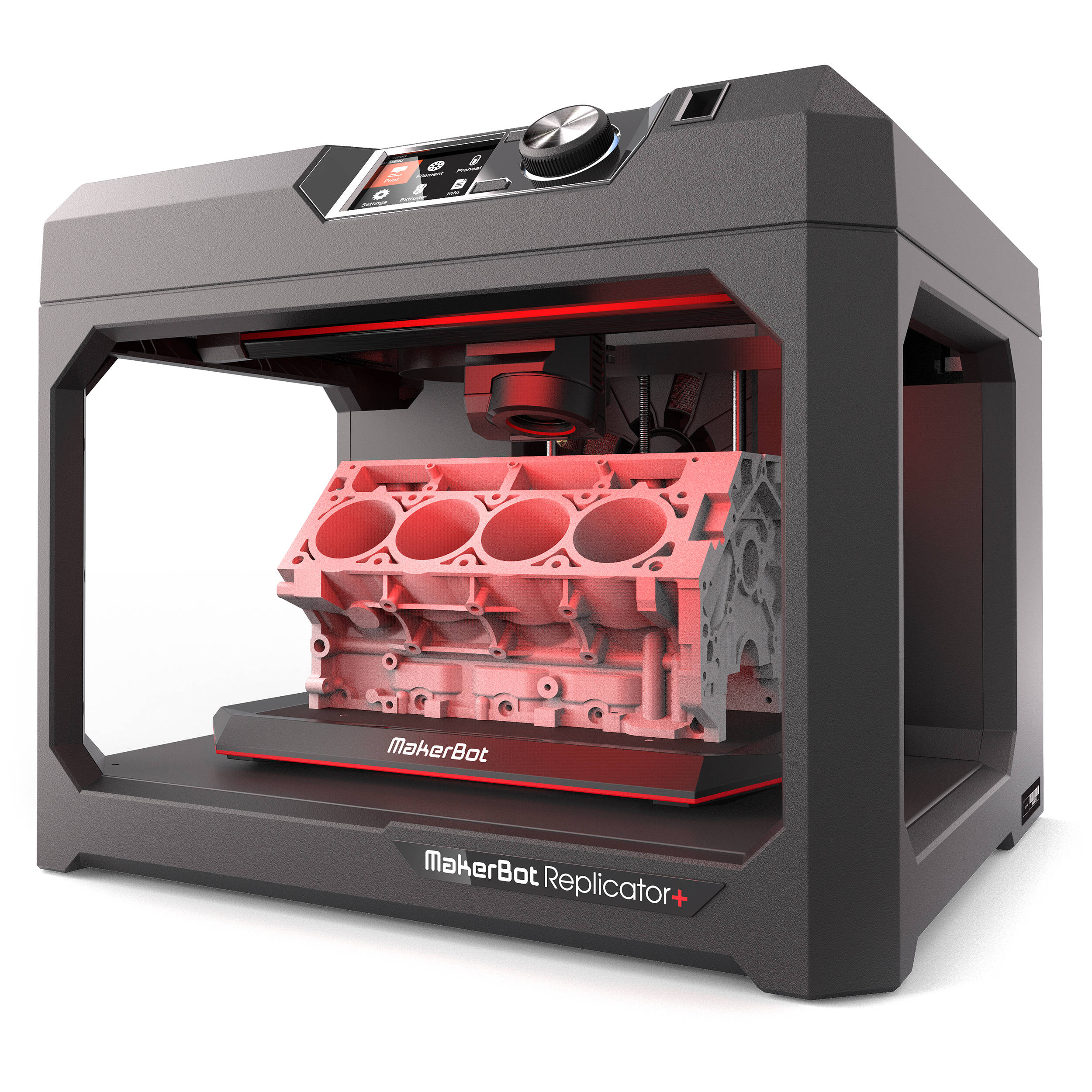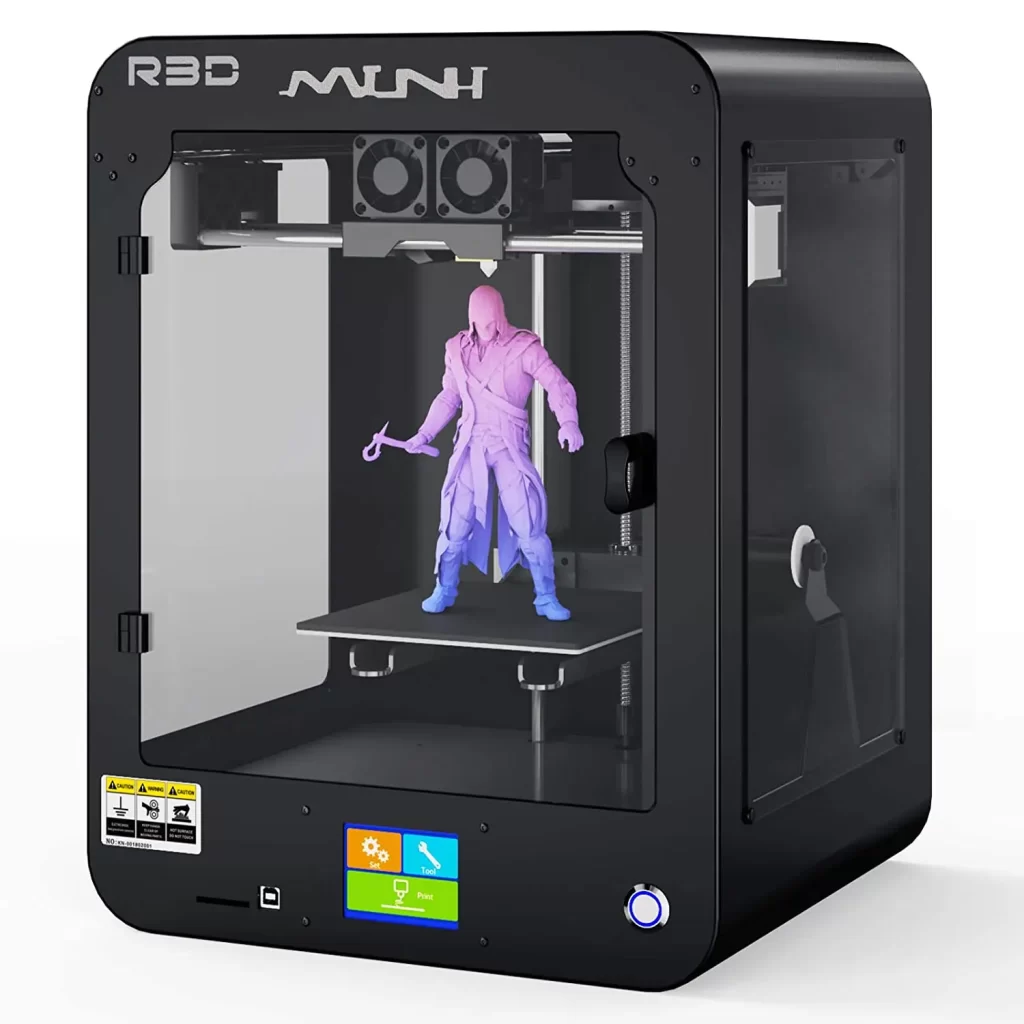3D printing has revolutionized various fields, from manufacturing to healthcare, and sparked a wave of creativity among hobbyists and professionals alike. With the ability to turn digital designs into physical objects, 3D printers offer an expansive range of possibilities that go beyond traditional manufacturing methods. So, what can you do with a 3D printer? Whether you’re a tech enthusiast, an entrepreneur, or someone curious about the technology, join me as we explore the incredible capabilities of 3D printers and how they can transform ideas into reality.
Home and Hobbyist Projects
Custom Household Items
One of the most immediate and practical uses of a 3D printer is creating custom household items. From kitchen tools and organizational solutions to home decor, the possibilities are endless. Imagine designing a tailor-made spice rack to fit your specific collection of spices or creating unique lamp shades that perfectly match your interior design. 3D printers allow you to personalize and optimize household items to suit your needs exactly.
Personalized Gifts
3D printing makes it easy to produce personalized gifts that add a special touch that store-bought items simply can’t offer. You can create custom keychains, jewelry, phone cases, and even intricate puzzles tailored to the recipient’s interests. Personalizing gifts with unique designs or engravings transforms ordinary presents into meaningful keepsakes, showcasing thoughtfulness and creativity.
Model Making and Miniatures
Hobbyists who enjoy model making and miniatures will find 3D printing particularly exciting. You can print detailed models of cars, airplanes, or architectural structures. Miniature enthusiasts can create custom figures for tabletop games or dioramas. With a 3D printer, the level of detail and customization you can achieve in your models is unparalleled, enabling you to bring your creative visions to life with precision.
Education and Learning
Teaching Aids
Educators are increasingly utilizing 3D printing to create engaging teaching aids. In subjects like biology, history, and geography, 3D models can provide hands-on learning experiences that enhance understanding. Imagine students handling a printed model of a DNA strand, a historical artifact, or a topographic map. These tactile resources make abstract concepts tangible and greatly improve educational outcomes.
Prototyping and STEM Education
For students and professionals in science, technology, engineering, and mathematics (STEM), 3D printing is a game-changer. It allows for rapid prototyping, enabling the quick creation and iteration of design ideas. Engineering students can print parts for their projects, and inventors can create prototypes to test their concepts. This hands-on approach to learning and innovation fosters creativity and problem-solving skills, preparing students for future careers in tech-driven fields.
Encouraging Creativity and Problem-Solving
3D printing encourages creativity and problem-solving by allowing learners to take an idea from concept to concrete object. As students design and print their own creations, they develop critical thinking skills. This process of designing, troubleshooting, and refining models provides practical experience in engineering principles and innovative thinking. Through 3D printing, learners can tackle complex problems in a tangible and interactive way, making education more dynamic and engaging.
Healthcare Innovations
Custom Medical Devices
The healthcare sector has seen significant advancements thanks to 3D printing. Custom medical devices, such as prosthetics, orthotics, and implants, can be precisely tailored to fit individual patients. This level of customization improves the comfort and effectiveness of medical devices. For instance, 3D-printed prosthetic limbs can be designed to match the exact measurements and functional requirements of a patient, enhancing their quality of life.
Surgical Models
Surgeons use 3D-printed models of organs and tissues to plan and practice complex surgeries. These models, which are based on a patient’s medical imaging data, provide a realistic representation of the anatomy. Being able to visualize and manipulate a 3D model before surgery helps surgeons anticipate challenges and develop more effective strategies, reducing the risks and improving surgical outcomes.
Drug Development
In the field of pharmacology, 3D printing is used to create customized drug dosage forms and delivery systems. Researchers can print pills with specific shapes, sizes, and release characteristics tailored to individual patient needs. This personalized approach to medication ensures more precise dosing and effectiveness, reducing side effects and improving patient compliance. 3D printing’s ability to innovate drug development processes is paving the way for more targeted and efficient therapies.
 Manufacturing and Industry
Manufacturing and Industry
Rapid Prototyping
In manufacturing and industry, 3D printing revolutionizes the prototyping process. Traditional prototyping methods can be time-consuming and costly. However, 3D printing allows for the quick creation and testing of prototypes, speeding up the design cycle. This rapid prototyping capability enables companies to innovate faster and bring products to market more efficiently. By reducing the time and cost associated with prototyping, 3D printing enhances overall productivity and competitiveness.
Tooling and Production Parts
3D printing isn’t limited to prototypes; it is also used for producing tooling and end-use parts. In industries such as automotive and aerospace, manufacturers print jigs, fixtures, and custom tools that streamline assembly and maintenance processes. Additionally, complex and lightweight parts can be produced directly through 3D printing, reducing material waste and manufacturing time. This direct production capability offers significant cost savings and design flexibility, making 3D printing an invaluable tool for modern industry.
Customization and On-Demand Production
The ability to customize products on demand is one of 3D printing’s most powerful advantages. Companies can offer personalized products tailored to individual customer preferences without the need for large-scale production runs. This customization capability applies to a wide range of products, from consumer goods to specialized industrial components. On-demand production reduces the need for inventory storage, minimizes waste, and responds quickly to market demands. Through 3D printing, manufacturers can achieve greater flexibility and responsiveness in meeting diverse customer needs.
Art and Design
Sculpture and Artwork
Artists and designers use 3D printing to create intricate sculptures and unique artworks. The technology allows for the realization of complex shapes and designs that would be difficult or impossible to achieve with traditional techniques. Artists can experiment with form and structure, pushing the boundaries of creativity. The precision and versatility of 3D printing open new possibilities for artistic expression, enabling artists to transform their digital concepts into tangible masterpieces.
Fashion and Accessories
The fashion industry has embraced 3D printing for creating innovative garments, accessories, and footwear. Designers can produce intricate patterns and custom-fit pieces that offer a unique aesthetic appeal. 3D-printed fashion items range from avant-garde dresses to custom jewelry and sunglasses. This technology allows for rapid experimentation and iteration, enabling designers to bring their visions to life with unprecedented precision and speed. The ability to customize and innovate in fashion through 3D printing is transforming the industry.
Interior Design
In interior design, 3D printing allows for the creation of custom furniture, lighting fixtures, and decorative elements. Designers can produce bespoke pieces tailored to specific spaces and client preferences. From complex geometric patterns to organic shapes, 3D printing makes it possible to realize intricate and unique designs that stand out. The capacity to customize and produce on-demand interior design elements enhances creativity, offering personalized solutions that elevate the aesthetics and functionality of spaces.
Conclusion
The versatility and innovative potential of 3D printing have opened up endless possibilities across various fields and industries. From practical household items and educational tools to groundbreaking healthcare innovations and artistic creations, the question of what you can do with a 3D printer is met with limitless answers. This technology empowers individuals and businesses to transform ideas into tangible objects, pushing the boundaries of creativity and efficiency. Whether for personal use, educational purposes, or industrial applications, 3D printing offers a transformative tool that continues to revolutionize how we create, learn, and solve problems. What can you do with a 3D printer? The answer lies in your imagination and the endless opportunities that 3D printing technology provides.



